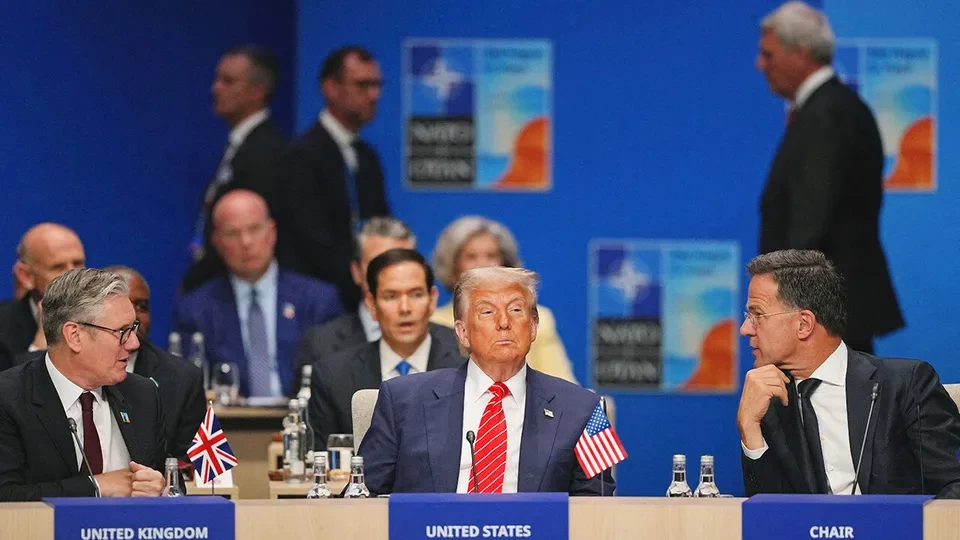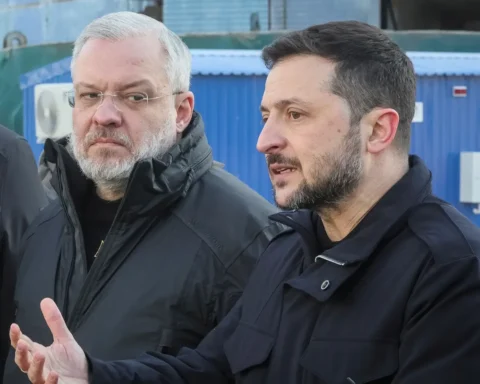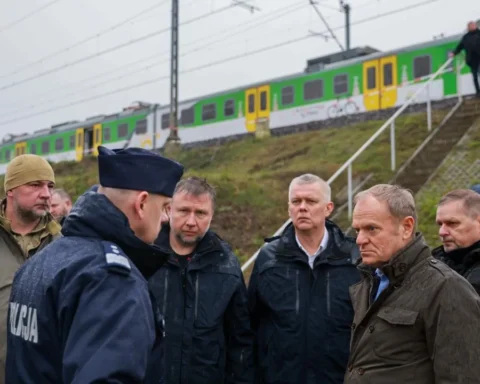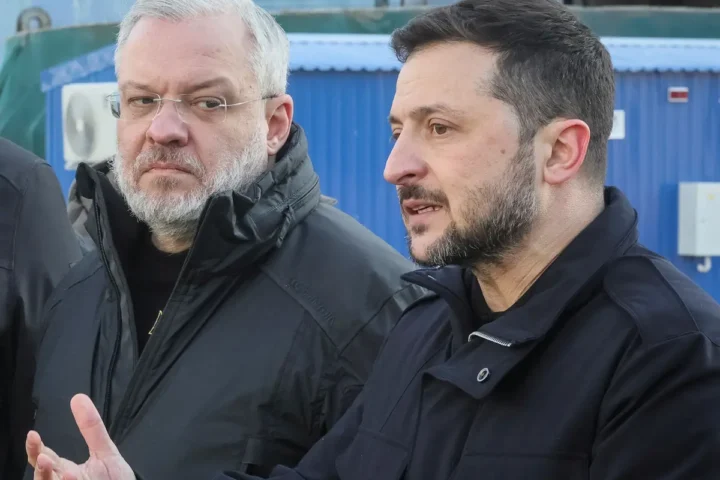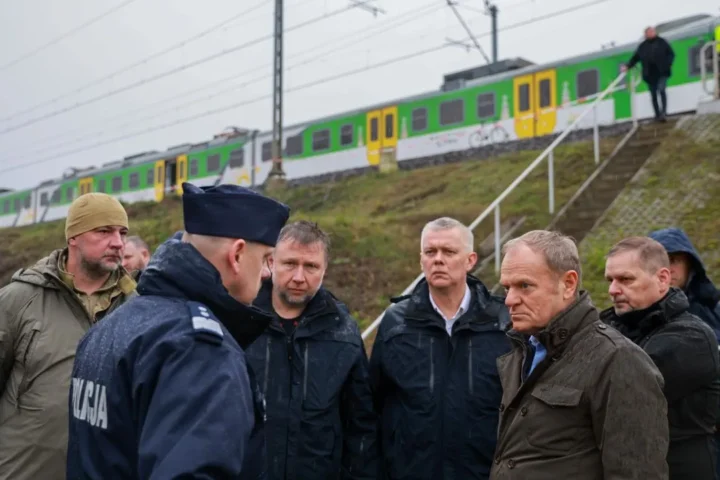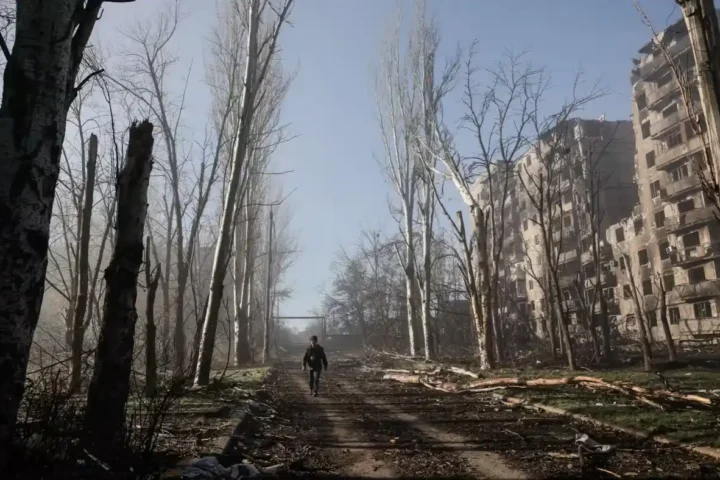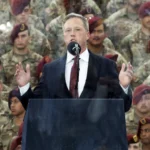At the recent NATO summit in The Hague, America’s allies achieved their main goal: avoiding a Trump-style explosion. According to The Economist, NATO Secretary-General Mark Rutte’s diplomatic strategy — more akin to a parent praising a toddler than to statecraft — worked. Donald Trump, the president of the United States, did not derail the summit and instead claimed victory. But behind the scenes, much remains vague — and worrying.
Trump Diplomacy: “Daddy Is Pleased”
“Donald, you have driven us to a really, really important moment for America and Europe and the world,” wrote Rutte in a private message to Trump — a message that the president immediately posted on social media. “Europe is going to pay in a BIG way, as they should, and it will be your win.”
The post triggered a panic among other leaders, fearing their words might be next. But Rutte went even further: during the summit, after Trump compared Israel and Iran to children, he called the president “daddy.”
As The Economist notes, diplomats were divided: was this strategy degrading or brilliant? Either way, the goal was achieved — the summit stayed on track, and NATO’s spending commitments were expanded, albeit not without loopholes.
NATO’s New Target: 5% of GDP, With Strings Attached
The summit communiqué published on June 25 was the shortest in recent memory, but introduced a landmark measure: member states are to spend 3.5% of GDP on defense, plus an additional 1.5% on related areas such as infrastructure, cyber defense, civil preparedness, and support for defense industries — a total of 5%.
The 3.5% target is based on NATO’s regional defense plans, updated after Russia’s invasion of Ukraine. One official admitted: “These plans are currently executable, but with risk. More money would reduce that risk.”
Still, the 5% number seems more like a symbolic gesture aimed at appeasing Trump. It’s a nice round figure — but riddled with caveats.
Spain Protests, Deadlines Deferred
Spain was the loudest objector. Prime Minister Pedro Sánchez, politically weakened by domestic scandals and budget paralysis, said on June 22: “A 5% spending target would be disproportionate and unnecessary.”
The compromise had two parts. First, the timeline was softened. Some states pushed for 2032, while others — Spain among them — lobbied for 2035. In the end, the latter won. Formally, each country must now submit an annual “credible, incremental path” toward the goal, with a full review set for 2029.
But as The Economist warns, this flexibility comes at a time when Russia is rebuilding its military faster than expected. “It used to be thought that Russia would need seven years after any ceasefire in Ukraine to reconstitute its forces,” said one senior NATO official. “Now the general assessment is five.” Lithuanian defense minister Dovile Sakaliene put it bluntly: “Let’s not kid ourselves. 2035 is after the [next] war.”
A Commitment With an Escape Clause
Another concern is wording: the communiqué omitted the word “all” when referring to who must meet the 5% target — leaving room for ambiguity. Some NATO allies fear others may use this loophole to sidestep obligations.
Slovak Prime Minister Robert Fico remarked on June 23 that his country had “other priorities in the coming years than armament.” U.S. Secretary of State Marco Rubio criticized Spain’s exemption as “a big problem”: “I don’t think the agreement Spain reached is sustainable. Frankly, it puts them in a very tough spot with their allies.”
No Asia, One Mention of Russia
Most agenda items had been pre-agreed before the summit, and with the leaders of Japan, South Korea, and Australia — regular guests — absent this year, the event took on a more insular tone. Ukrainian President Volodymyr Zelensky attended a dinner on June 24 but was excluded from the core sessions the following day.
The communiqué was noticeably softer on Russia — likely another concession to Trump. At last year’s summit in Washington, Russia was mentioned 43 times. This year: once.
Britain Rejoins the Nuclear Club
A major development was the UK’s announcement that it will rejoin NATO’s nuclear-sharing mission, which involves European air forces hosting American nuclear bombs and practicing their use. Britain will acquire F-35A aircraft, which can carry such weapons.
UK Defense Secretary John Healey stated that he wants the jets delivered before 2035. This marks Britain’s most significant shift in nuclear posture in decades — the Royal Air Force gave up its nuclear bombs over 25 years ago.
“Not a Rip-Off”: Trump Leaves on a High Note
Trump remained the biggest unknown at the summit. On his way to The Hague, he once again cast doubt on Article Five — NATO’s mutual-defense clause — saying, “It depends on your definition” and promising to “give you an exact definition when I get there.” He didn’t.
Still, behind closed doors, Trump stayed calm, accepted praise for higher defense spending, and ended the summit declaring NATO “not a rip-off.” Mark Rutte — the Trump-whisperer — concluded: “For me, there is absolute clarity that the United States is totally committed to NATO… totally committed to Article Five.”
For now, that’s good enough. But the next summit may require even more delicate diplomacy.
This article was prepared based on materials published by The Economist . The author does not claim authorship of the original text but presents their interpretation of the content for informational purposes.
The original article can be found at the following link: The Economist.
All rights to the original text belong to The Economist.


